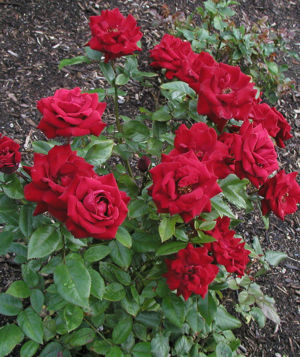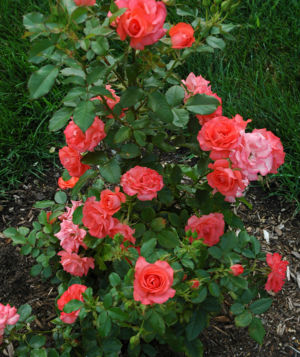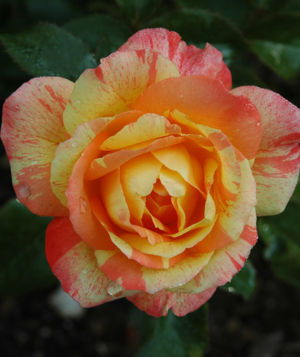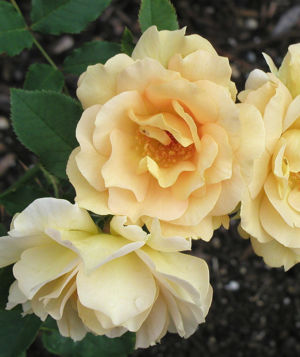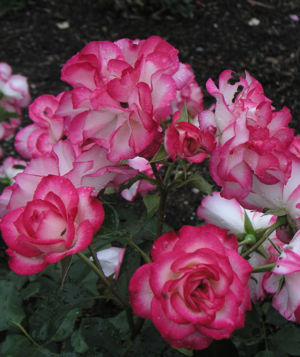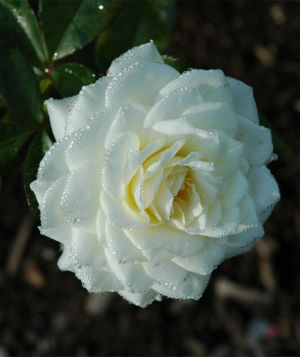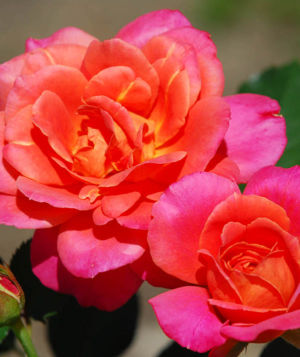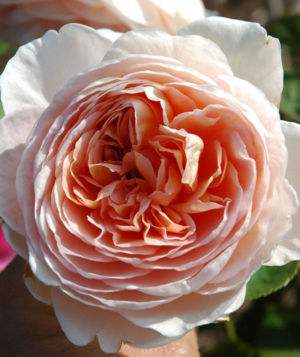Hybrid Roses – Rosa spp.
Description
General: Rosa is a genus of about 150 species of deciduous flowering shrubs or climbers. Roses are noted for their beautiful flowers which are often fragrant.
Leaves: Dark green, sometimes shiny with 5-9 leaflets often having toothed margins.
Flowers: Hybrid tea roses have a single long stem flower per shoot. floribundas and grandifloras produce clusters of flowers per shoot. Ranging in all different colors, styles and fragrances.
Bark: Grayish brown old growth with green growth on the new shoots with thorns.
Attributes: A classic garden shrub, roses have been coveted by gardeners for centuries. Modern breeding of roses has produced numerous types of colors and shapes and continues flowering from late spring until mid fall. Disease resistance has also been breed into modern hybrid roses as older varieties are susceptible to rusts, mildews and black spot.
Culture
Hardiness: Zones 5- 9.
Growing Conditions: Prefers a moist, well-drained, slightly acid soil in a sunny location. Do not allow soil to dry out during drought periods. Protect from heavy drying winds.
Maintenance: Can be high maintenance, requires regular pruning to maintain shape and removal of past flowers is required for continued flowering. Regular feeding is encouraged to continue to produce flowers all season long. Depending on hardiness zone, composting the crown of the plant in the winter is suggested to prevent winter kill of the root zone.
Transplanting: Bare root in the early spring.
Our Experience
Experience at Great Hill
Mostly successful in maintaining our rose garden, we lose about 5% of our roses each winter depending on the conditions. We compost the crowns of the plant each winter once the daytime temps have dropped into the mid 30’s. We have had significant fungal issues at times with high humidity and lack of air circulation. Broad spectrum fungicides are encouraged and at a regular interval as recommended by the product label as soon as disease conditions are present.


